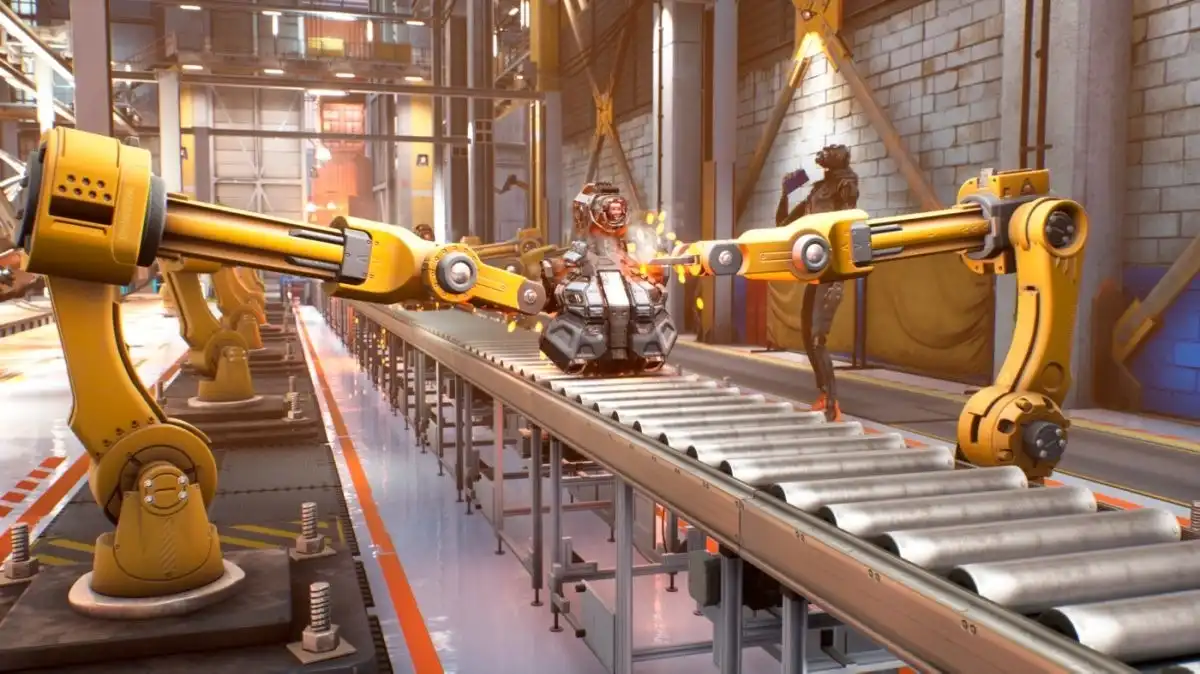The Evolution of CNC Machining in Rapid Prototyping
From Manual to Automated: The CNC Revolution
The journey of CNC machining in rapid prototyping began with the transition from manual machining to computer-controlled systems. This shift marked a significant leap in precision and repeatability. Early CNC machines were large, expensive, and limited in their capabilities. Be that as it may, as innovation advanced, CNC machines got to be more compact, cost-effective, and versatile, making them accessible to a more extensive run of segments and endeavors.
Integration of CAD/CAM Software
The integration of Computer-Aided Plan (CAD) and Computer-Aided Fabricating (CAM) program with CNC machines changed the prototyping handle. This collaboration permitted originators and engineers to make complex 3D models carefully and consistently interpret them into machine enlightening. The result was a more streamlined workflow, lessened goofs, and the capacity to make complicated parts that were as of now challenging or freakish to make.
Multi-Axis Machining and Hybrid Systems
Modern CNC machines have evolved to include multi-axis capabilities, enabling the creation of highly complex geometries with a single setup. Five- and indeed seven-axis machines can approach workpieces from different points, dispensing with the require for numerous setups and expanding by and large proficiency. Moreover, hybrid systems that combine CNC machining and included substance creating shapes have created, developing the conceivable results for fast prototyping and small-batch era.

The CNC Machining Process for Rapid Prototyping
Design and CAD Modeling
The rapid prototyping process begins with creating a detailed 3D model using CAD software. This digital representation serves as the blueprint for the physical prototype. Creators must consider variables such as fabric properties, fabricating imperatives, and utilitarian prerequisites when creating the CAD demonstrate. Progressed CAD devices permit for recreation and examination, making a difference to distinguish potential issues some time recently moving to generation.
CAM Programming and Tool Path Generation
Once the CAD model is finalized, it's imported into CAM software. Here, engineers define the machining strategy, select appropriate tools, and generate tool paths. This stage is crucial for optimizing the manufacturing process, as it determines factors such as cutting speeds, feed rates, and tool changes. Skilled CAM programmers can significantly impact the efficiency and quality of the final product through strategic tool path planning.
Material Selection and Setup
Choosing the right material is essential for successful rapid prototyping. CNC machining can work with a wide run of materials, counting metals, plastics, and composites. Each fabric has its possess properties that influence machinability, surface wrap up, and by and large execution. The chosen fabric is at that point arranged and safely mounted on the CNC machine, guaranteeing legitimate arrangement and soundness all through the machining handle.

Advantages and Applications of CNC Machining in Rapid Prototyping
Precision and Repeatability
One of the primary advantages of CNC machining in rapid prototyping is its exceptional precision. Modern CNC machines can achieve tolerances as tight as ±0.0005 inches, ensuring that prototypes meet exact specifications. This level of accuracy is significant for businesses like flying and restorative contraptions, where in fact minor deviations can have basic comes about. Other than, the repeatability of CNC machining grants for dependable era of distinctive models, engaging seriously testing and endorsement.
Material Versatility and Surface Finish
CNC machining stands out for its ability to work with a diverse range of materials, from soft plastics to hard metals and everything in between. This flexibility permits architects to make models that closely imitate the properties of last generation materials. Furthermore, CNC machining can accomplish great surface wraps up, frequently requiring negligible post-processing. This is especially advantageous for models that require to experience useful testing or serve as introduction models.






